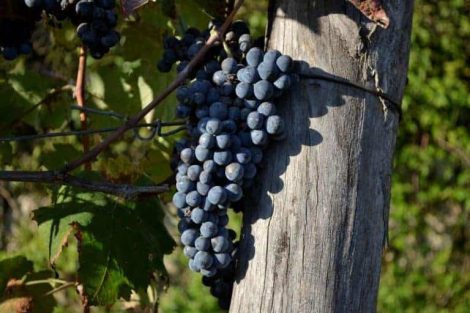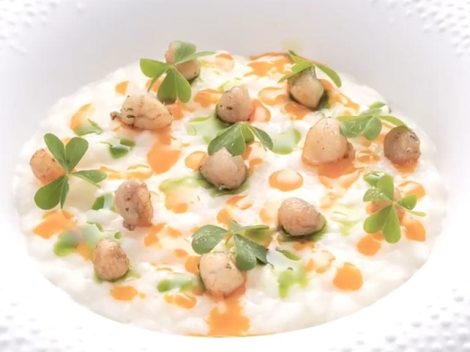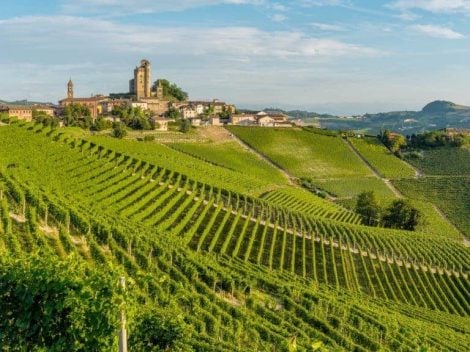Tre Bicchieri Abruzzo
Wine in Abruzzo is certainly a growing universe. If the Consortia and retail operators have the task of registering this growth in terms of numbers, it's instead up to us to consider the quality growth. And the news, from the latest recon performed and recorded in the following pages, appear more than good.
Abruzzo, taste battery
The number of wines on our panel has never been so vast: we have tasted about 600 wines from all areas of the region starting from the northern boundary marked by the Tronto river, down to the southern foothills of the Vasto area, without obviously neglecting labels produced in inland areas, on the slopes of the Gran Sasso and Majella massiffs. Obviously there wasn't enough space for everyone and the pages of our Guide required a ferocious selection: readers will draw inspiration to understand that every wine described and evaluated in this edition, from the one who deserved Un Bicchiere to those who benefit of the Tre Bicchieri laurel, is a small jewel that must certainly be sought among the shelves of wine bars or in restaurant wine lists.
Tre Bicchieri Abruzzo. Montepulciano podium
In this situation the number of regional Tre Bicchieri could not fail to grow; there are 13 labels that hit the gold this year; leading the pack we found eight Montepulciano. There are several vintages, but above all different production visions: ranging from fresh and more vintage labels of 2018 (Feudo Antico and Villa Medoro), to more concentrated, intense and modern approaches (Agriverde, Castorani, Illuminati, Nicodemi, Tollo), by way of territoriality operated by Valle Reale.
Tre Bicchieri Abruzzo. Pecorino and Trebbiano in the lead for white, and the pink presence of the Cerasuolo
Pecorino instead is increasingly the protagonist of the regional white scene (a true myriad of labels tasted) but in the annual award challenge, Trebbiano draws an even 2: the former, the Fauri returns to Tre Bicchieri and we are pleased to reward the first release of a wine from a historic wine-growing winery from Abruzzo, Cataldi Madonna, with its new Supergiulia. It's certainly not anything new that we awarded the umpteenth great version of Trebbiano by Valentini, this year joined by another classic brand of the region, Masciarelli.
We conclude this introduction with the Cerasuolo Rosa-ae by Torre dei Beati: Fausto Albanesi and Adriana Galasso pulled out of the 2018 vintage a true masterpiece.
Tre Bicchieri Molise
In the small region there is good wine! Let's play on the paraphrase of the popular saying regarding small barrels containing the best wine to describe what we noticed in our annual Molise tasting.
Once again it's only Di Majo Norante winning the Tre Bicchieri recognition with a more than convincing version of Don Luigi Riserva––a powerful and dense red, modern but without being too caricatural––we also want to invite readers to note how many and which wines precisely entered our Finals: seven (including the winner)!
Tre Bicchieri Molise. The wines in the final
A real record, considering how many wineries were reviewed. This is a slight sore point: the wineries participating in our selection are still too few and surely the effort on our part in the coming years will be to try involving an ever greater number, also to devote more space to these wineries, and thus design a wine map of the region that is most relevant to the production actuality. But we're already gathering signals in this regard.
The most attentive readers will notice a movement happening: some changes, some losses, some new entries. We want to capture in this (albeit minimal) mobility the proof that the region is not inert, the indication that we are working to create our own identity and that it necessarily passes through a qualitative growth.
Tre Bicchieri Molise. Tintilia on the rise
And to do this we believe that the most convincing weapon in the hands of wineries is tintilia. Among the seven finalists previously mentioned, six are wines produced starting from the true native grape of Molise. We finally found some truly territorial and interesting interpretations, above all those based on the lightness and tonic aspect of the sip. There is still work to be done to break free from the surpassed paradigm made up of concentration and extraction, but it looks like the journey has slowly begun. We are confident that the goal of this journey will be met, and on the fact that we'll be able to reap other encouraging results within a short time after chronicling these words.

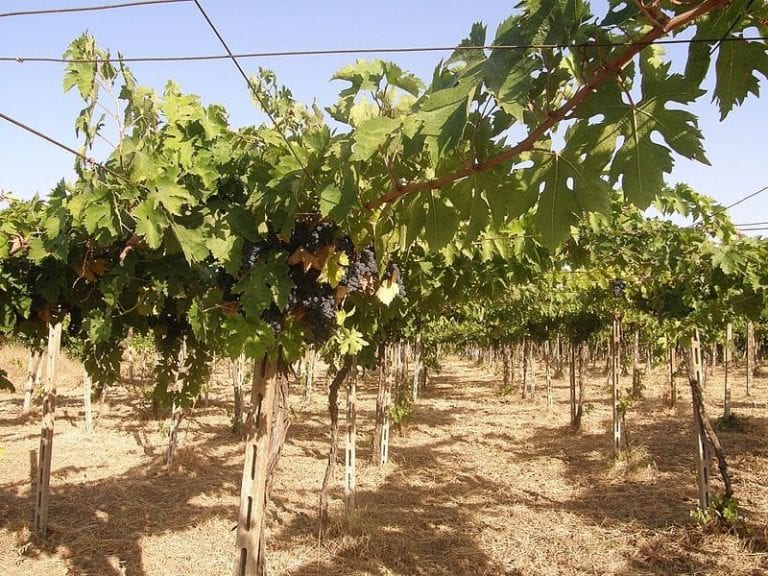
 Sparkling wines surpass still wines in Italian out-of-home consumption. Most popular during the aperitif
Sparkling wines surpass still wines in Italian out-of-home consumption. Most popular during the aperitif American Barbecue wins a Michelin star for the first time in history
American Barbecue wins a Michelin star for the first time in history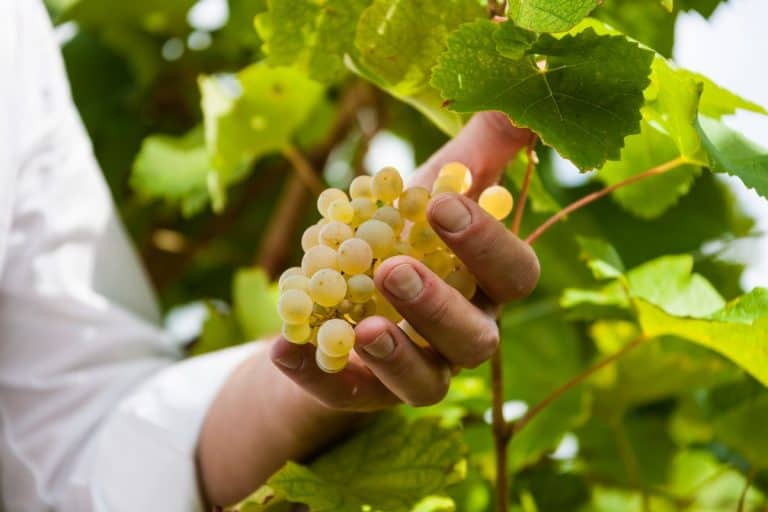 Prosecco Superiore: the 8 best selected by Gambero Rosso
Prosecco Superiore: the 8 best selected by Gambero Rosso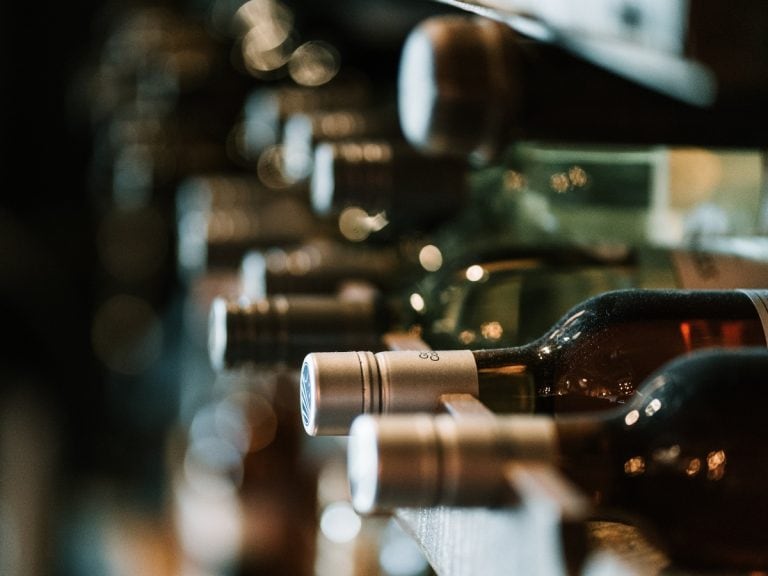 Italian wineries face rising debts and falling revenues as wine industry grapples with economic uncertainty
Italian wineries face rising debts and falling revenues as wine industry grapples with economic uncertainty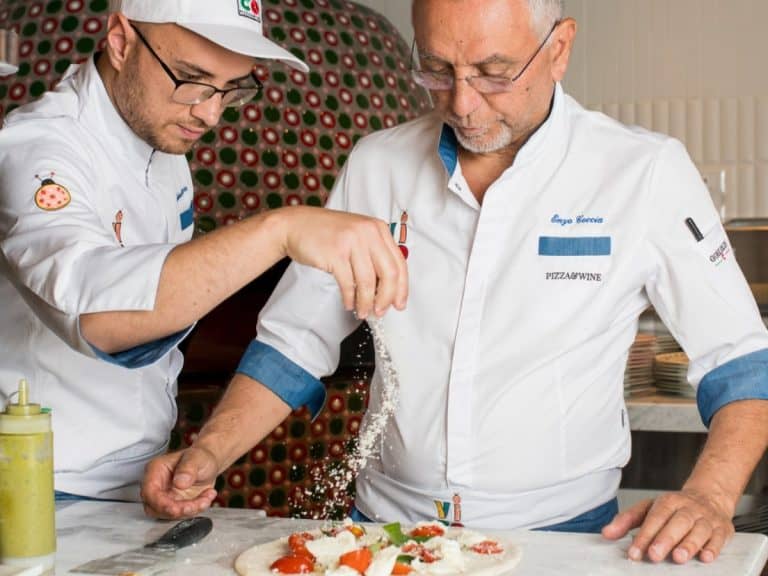 Enzo Coccia leaves Rome for an ambitious project in the United States: "but La Notizia stays"
Enzo Coccia leaves Rome for an ambitious project in the United States: "but La Notizia stays"


